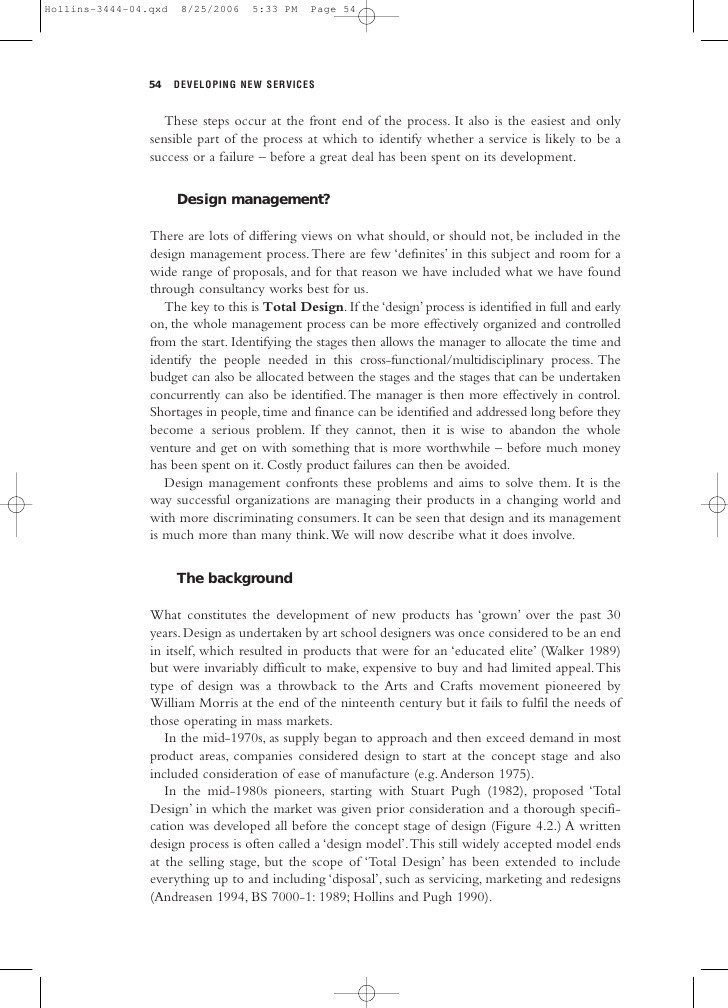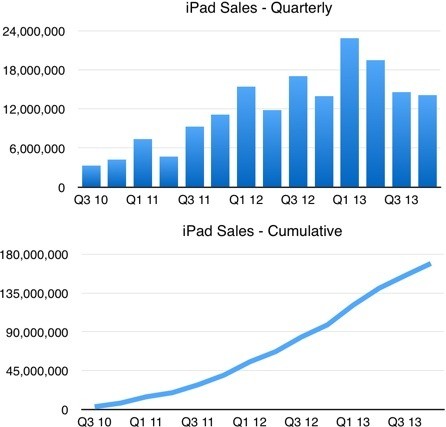Kinder Morgan A widemoat stock and impressive management Market Realist
Post on: 13 Май, 2015 No Comment

Equity research: Is Kinder Morgan an attractive investment? (Part 4 of 5)
Kinder Morgan: A wide-moat stock and impressive management
Management team
We at CUSH are very impressed with the executive management team of Kinder Morgan. We could write an entire research report on Richard Kinder and his accomplishments. We found this article from Forbes very illuminating. It begins, “Far from the oil patch, Kinder grew up in the land of Mark Twain, paper route and all. He was born in Cape Girardeau, Mo. on the banks of the Mississippi…” We link to this story here because, although it is anecdotal, we like the story of his life and how it has unfolded. In our due diligence, we have heard from more than one person that says “best in the business” when we ask about their thoughts on Rich Kinder.
A few other points that caught our attention:
• Past Morningstar CEO of the Year
• Kinder Morgan is one of Fortune magazine’s Most Admired Companies
• Buffett-like salary of $1 with no bonuses, stock options, etc.
• Personally owns
24% of KMI has never sold a single share
• Incredible track record of compounding returns for shareholders
• Kinder Morgan has average annual growth rate of over 20% since its founding in 1997!
• Insider Buying: Rich Kinger recently bought $28 million at prices under $34.
The return on shareholders’ equity, their expanding profit margins, and growth rates generated by Kinder Morgan speak to the job that management is doing. In this report, we only mentioned Rich Kinder when speaking about management but if you spend much time researching the rest of the management team, you find them a very qualified compliment to his leadership. They also own about 6% of the stock. Kinder Morgan is one of the only companies we know in the energy space that publishes both their annual budget and their environmental and safety performance records on their website.

Kinder Morgan’s moat is pretty self-explanatory. The assets are regulated and monopoly-like in nature. Once a pipeline is built, there is no incentive for competition to try to replicate these assets. All-in-all, we find that Kinder Morgan has one of the higher quality moats of any investment in our portfolio. Kinder Morgan’s size and historical success are hallmarks of a company with a strong moat:
- Nearly-impossible-to-replicate assets.
- Pipelines are considered toll-road like assets. Over 82% of 2014 cash flow is fee-based and almost 94% of 2014 cash flow is fee-based or hedged.
- CO2 business consistently generates ROIC north of 22%.
- Connected to every important U.S. natural gas resource play, including Eagle Ford, Marcellus, Utica, Uinta, Haynesville, Fayetteville, and Barnett in the U.S.
- Largest independent transporter of petroleum products in the U.S.
- Largest transporter of CO2 in the U.S.
- Largest independent terminal operator in the U.S.
- They have the only oil sands pipe serving the West Coast of U.S.
- ROIC consistently in the 11% to 14% range since 2000.
- ROE consistently in the 17% to 25% range since 2000.
- Tax-favored status helps ensure steady investment (drop-downs, IDRs).
- Majority of new investment is deployed in projects backed by long-term fixed contracts.
- The company’s beta currently stands at 0.77, reflecting a more stable investment compared to the overall market.
The Market Realist Take
KMI has robust growth prospects with its heavy investments in expansion projects including terminals and pipelines. Its pipelines transport natural gas, gasoline, crude oil, CO2, and other products, and its terminals store petroleum products and chemicals and handle such products as ethanol, coal, petroleum coke, and steel. It charges a fee from the companies for using its assets (pipelines, terminals), and the additional fee should support improvement of operating efficiency and protect from risk of volatilities in commodity prices.
KMI said the recent tankers acquisitions will be a strategic and complementary extension of its existing crude oil and refined products transportation business. Product demand is growing and sources of supply continue to change, in part due to the increased shale activity. As a result, there’s more demand for waterborne transportation to move these products. The tankers provide stable fee-based cash flow through multi-year contracts with major credit worthy oil producers.
Despite a seasonally weak quarter, peer Enterprise Products Partners (EPD ). which is the largest publicly traded partnership by market capitalization, saw a strong performance in 3Q 2013 with record volumes for its liquids pipelines, LPG export facility, and NGL fractionators. These increases in pipeline volumes were primarily driven by NGL and crude oil production growth from the Eagle Ford shale development in South Texas, the expansion of its LPG export terminal, and the completion of the Seaway pipeline reversal. It said it’s scheduled to complete construction of energy infrastructure projects totaling $4.5 billion of investment in 2014. These projects will provide new sources of distributable cash flow for its partnership over the next several years.
Another peer, Plains All American Pipeline LP (PAA ), announced four projects in December that are part of its plan to significantly increase and expand its Permian Basin pipeline infrastructure over the next few years to keep pace with rising production volumes. These four projects, as well as several other projects currently under review, will result in aggregate investments of approximately $400 million to $500 million.














